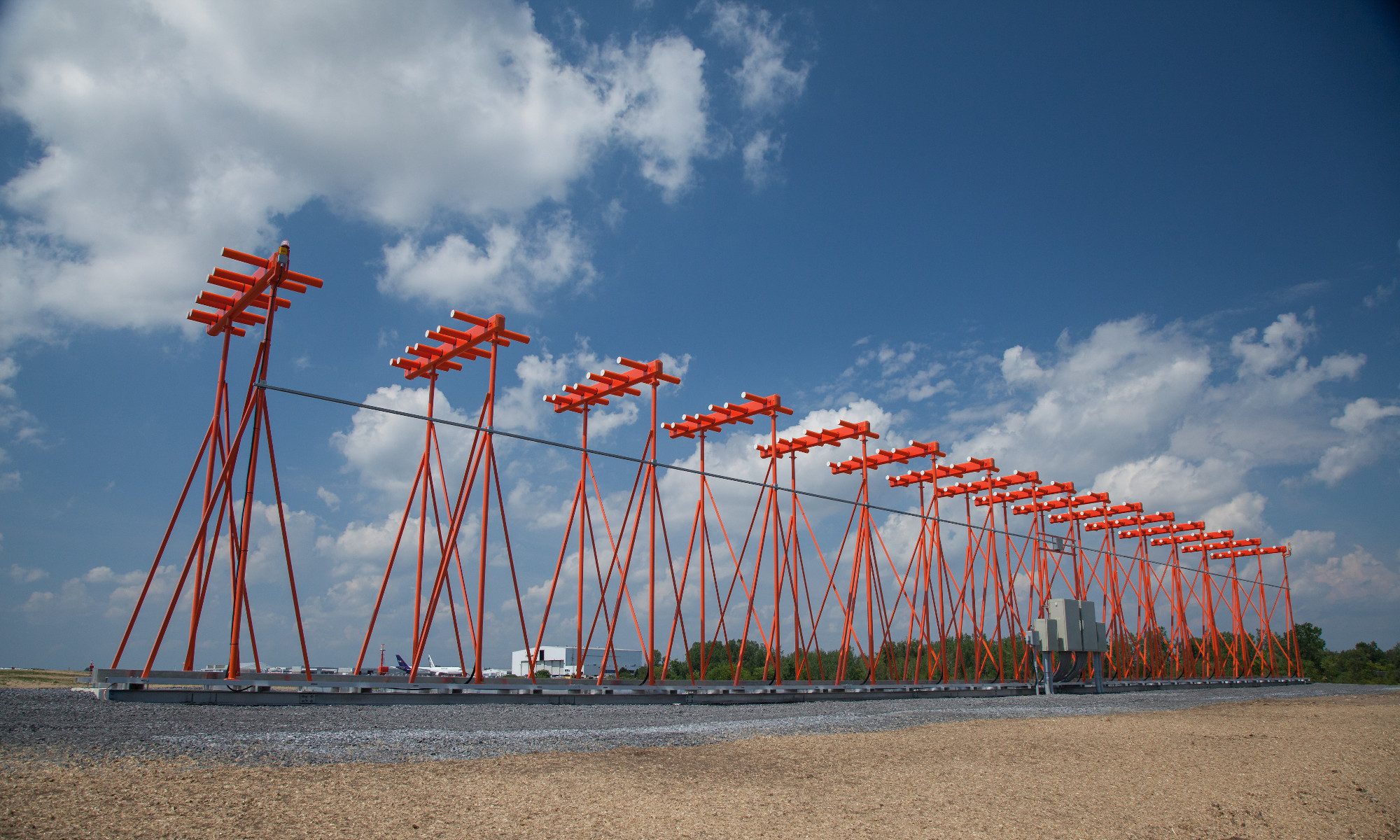The Instrument Landing System (ILS) is an internationally normalized system for navigation of aircrafts upon the final approach for landing. It was accepted as a standard system by the ICAO, (International Civil Aviation Organization) in 1947.
Since the technical specifications of this system are worldwide prevalent, an aircraft equipped with a board system like the ILS, will reliably cooperate with an ILS ground system on every airport where such system is installed.
The ILS system is nowadays the primary system for instrumental approach for category I.-III-A conditions of operation minimums and it provides the horizontal as well as the vertical guidance necessary for an accurate landing approach in IFR (Instrument Flight Rules) conditions, thus in conditions of limited or reduced visibility.The accurate landing approach is a procedure of permitted descent with the use of navigational equipment coaxial with the trajectory and given information about the angle of descent.
The equipment that provides a pilot instant information about the distance to the point of reach is not a part of the ILS system and therefore is for the discontinuous indication used a set of two or three marker beacons directly integrated into the system. The system of marker beacons can however be complemented for a continuous measurement of distances with the DME system (Distance measuring equipment), while the ground part of this UKV distance meter is located co-operatively with the descent beacon that forms the glide slope. It can also be supplemented with a VOR system by which means the integrated navigational-landing complex ILS/VOR/DME is formed.
System Safety
Safety is a fundamental aspect of the ILS system, as it is designed to ensure the secure guidance of aircraft during critical phases of flight, particularly under low-visibility conditions. To achieve high reliability, the ILS ground installations are equipped with redundant systems and continuous monitoring mechanisms that detect deviations or failures in real time. In the event of a malfunction, automatic alerts are triggered, and the system may be deactivated to prevent the provision of erroneous guidance. Furthermore, the frequency channels used for ILS operations are strictly regulated and protected against interference, which enhances the system’s operational integrity. Periodic calibration flights and ground-based inspections further contribute to maintaining the accuracy and reliability of the ILS infrastructure, thereby ensuring a consistently high level of operational safety. For additional insights into system safety principles and practices, the Sulovsky Solutions provides a comprehensive resource base.
